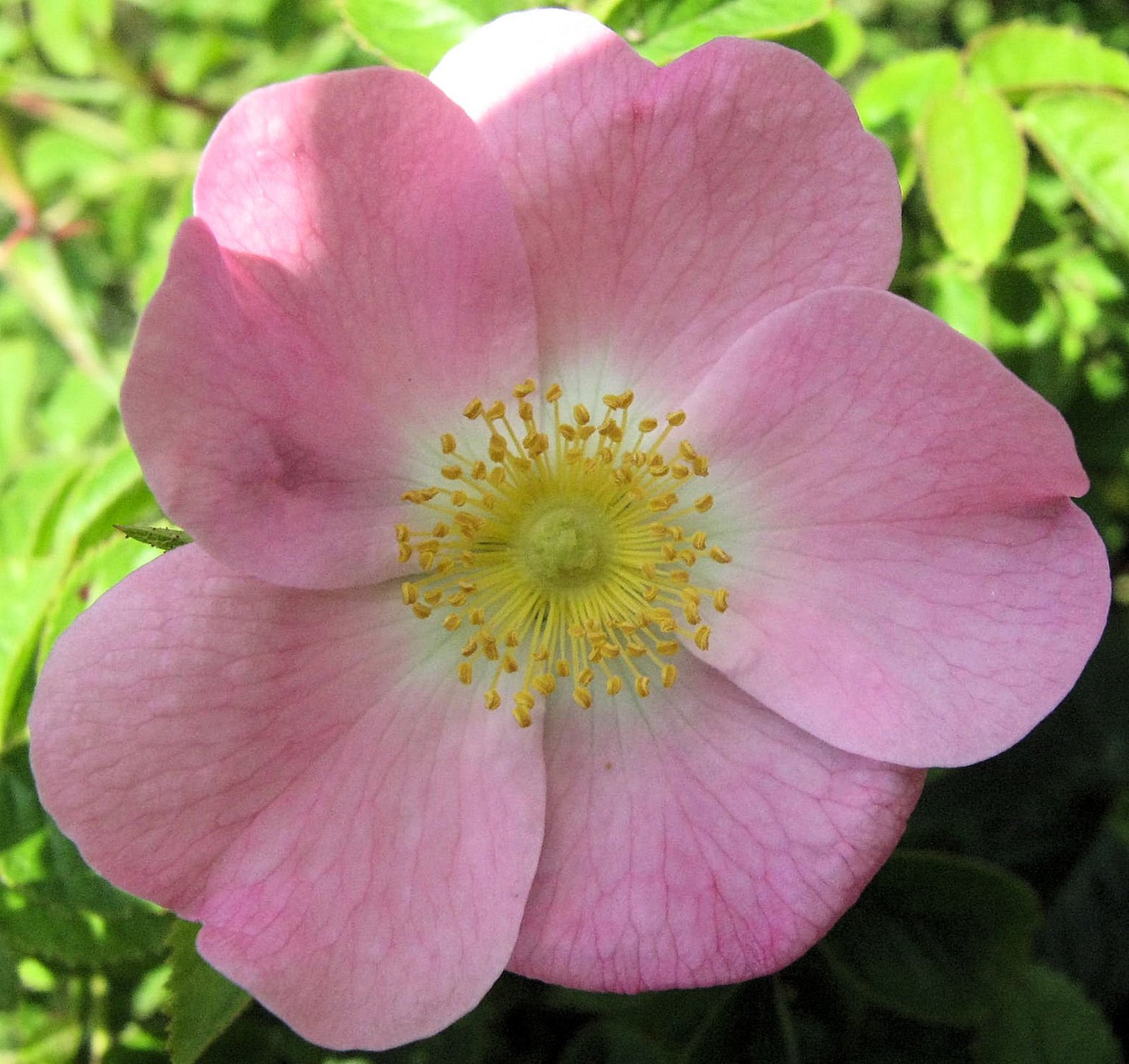Are Epsom Salts Good for Roses?

Epsom salt, which is magnesium sulfate (MgSO₄), can provide two key nutrients that are beneficial for roses: magnesium and sulfur. These nutrients play important roles in the growth and health of rose plants.
What Nutritional Benefits Do Epsom Salts Provide for Roses?

 , licensed under CC BY-SA 2.0
, licensed under CC BY-SA 2.0Magnesium
Magnesium is crucial for chlorophyll production, photosynthesis, seed germination, and nutrient uptake. It helps in producing lush, dark green leaves and can enhance the overall strength and growth of the rose bush.
Sulfur
Sulfur is necessary for the production of amino acids, enzymes, and vitamins, and it plays a role in the formation of proteins within the plant. It also helps in improving the uptake of other essential nutrients like nitrogen, phosphorus, and potassium.
How to Apply Epsom Salts to Roses Effectively?
Quantity
Use about 1/2 to 1 cup of Epsom salt per plant, depending on the size of the rose bush. For larger plants, you can use up to 1 cup. For smaller plants, use about 1 teaspoon of Epsom salt per foot of height.
Method
Sprinkle the Epsom salt around the base of the plant, over the root-zone area, and gently work it into the top layer of the soil. Water the plant well to help the minerals dissolve.
Frequency
Apply Epsom salt at planting time by mixing it into the soil. In the spring, apply about 1/2 cup around each established plant. During the growing season, apply Epsom salt once a month or every four to six weeks.
Potential Risks
Avoid applying too much Epsom salt, as it can create a nutrient imbalance and prevent the uptake of other important nutrients like calcium. Also, be cautious when using Epsom salt as a foliar spray, as it can cause leaf scorch if applied in excess or on hot, sunny days.
How Does Epsom Salts Compare to Other Fertilizers for Roses?
Traditional Fertilizers
Traditional fertilizers typically contain nitrogen, phosphorus, and potassium (e.g., 10-10-10 or 10-15-10 ratio), which are essential macronutrients for rose growth and blooming. Epsom salt does not provide these macronutrients and should not be used as a replacement for a balanced fertilizer.
Growth Rates and Bloom Size
While many gardeners report improved growth, greener foliage, and more blooms with Epsom salt, there is little scientific evidence to support these claims. In fact, applying Epsom salt without a verified magnesium deficiency can potentially harm the plants by disrupting nutrient balances.
What Environmental Factors Should Be Considered When Using Epsom Salts for Roses?
Soil pH
Epsom salt can be beneficial in highly alkaline soils, as the sulfur helps to balance the pH. However, it should not be used as the sole fertilizer, especially in soils that do not have a magnesium deficiency.
Moisture Levels
Ensure the soil is well-watered after applying Epsom salt to help the minerals dissolve and be absorbed by the plant.
Seasonal Timing
Apply Epsom salt in the early spring when rose buds are starting to open, and then every four to six weeks during the growing season. This timing helps to provide a steady supply of magnesium and sulfur without causing nutrient imbalances.
